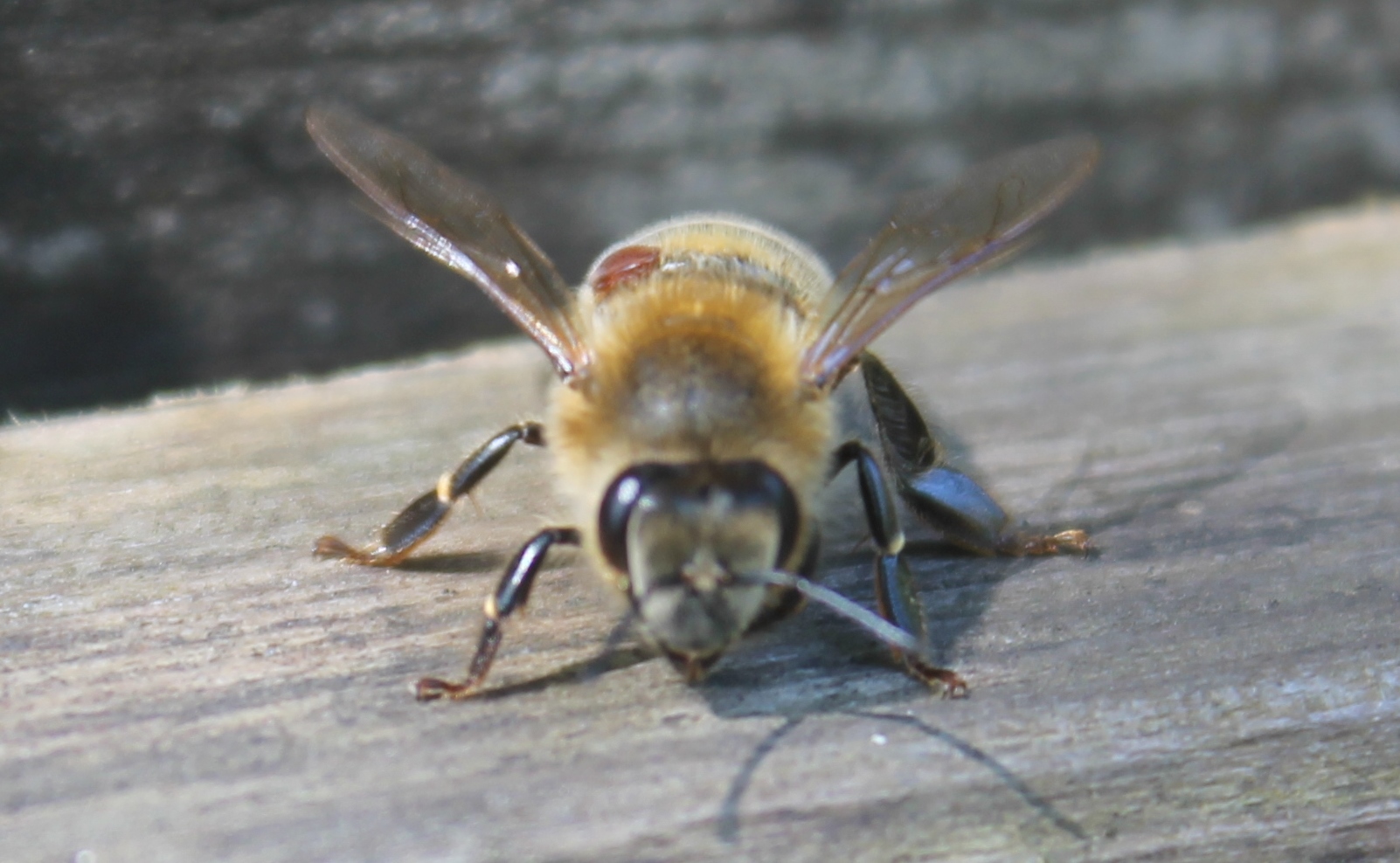Undergraduate Colloquium
Editha C. Jose
Institute of Mathematical Sciences and Physics
University of the Phillipines Los Baños (UPLB)
College, Los Baños, Laguna, Phillipines
The Impact of Mathematics in Ecology: The Case of Disease Spread Among Bees
January 26, 2017
4:00 pm PGH
646
| Abstract | |||
|
With the overwhelming complexity of ecological systems, mathematical models of ecological and evolutionary processes can, to some extent, study the behavior of the species involved. This is a part of the research endeavor called the UPLB Biomathematics Initiative which aims to help solve biological problems through mathematics. Specifically, together with the UPLB Bee Program, we consider here some problems on the management of bee colonies being attacked by pests and diseases. In the study of the spatial distribution of mites (Varroa destructor Anderson and Trueman) in European honey bee (Apis meliffera Linnaeus) colonies, a cellular automaton model was made and we were able to construct a computer simulation that shows the development of mite infestation through time. On the other hand, a compartment model of the spread of American foulbrood (AFB) in a European honey bee colony was formulated to determine the fate of the colony once exposed to AFB. Currently, a research on the mitigation of the spread of small hive beetles (Aethina tumida Murray) is being done to recommend an effective strategy to control these pests.
|
|||
www.math.uh.edu/colloquium/undergraduate

